An IBBI-appointed expert committee recommends a voluntary mediation framework under the Insolvency and Bankruptcy Code (IBC).
Insolvency and Bankruptcy Code (IBC)
|
|---|
News Source: The Hindu
| Must Read | |
| NCERT Notes For UPSC | UPSC Daily Current Affairs |
| UPSC Blogs | UPSC Daily Editorials |
| Daily Current Affairs Quiz | Daily Main Answer Writing |
| UPSC Mains Previous Year Papers | UPSC Test Series 2024 |
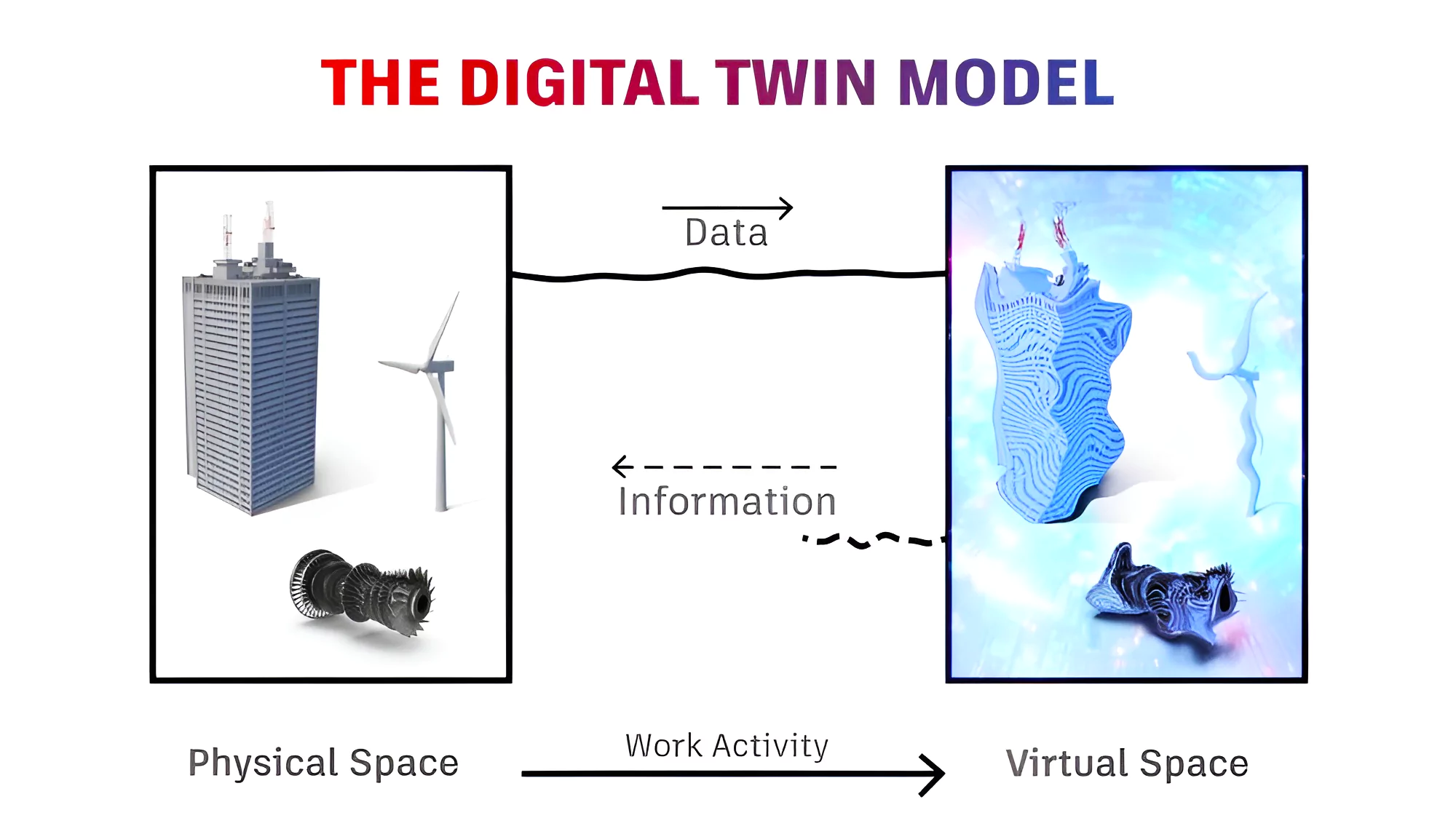
Recently, the Department of Telecommunications (DoT) has unveiled the ‘Sangam: Digital Twin’ initiative for Infrastructure Planning and future Design.
| Digital Twin: It is a three dimensional virtual representation of an object or system that delivers real type insights into the performance, operation or profitability of a physical object, even a city.
History of Digital Twin
Types of digital twins (Based on the level of product magnification) Component twins/Parts twins, Asset twins, System or Unit twins, and Process twins. |
|---|
News Source: PIB
| Must Read | |
| NCERT Notes For UPSC | UPSC Daily Current Affairs |
| UPSC Blogs | UPSC Daily Editorials |
| Daily Current Affairs Quiz | Daily Main Answer Writing |
| UPSC Mains Previous Year Papers | UPSC Test Series 2024 |
The Global Pulses Conference 2024, (an annual event) is being held in New Delhi.
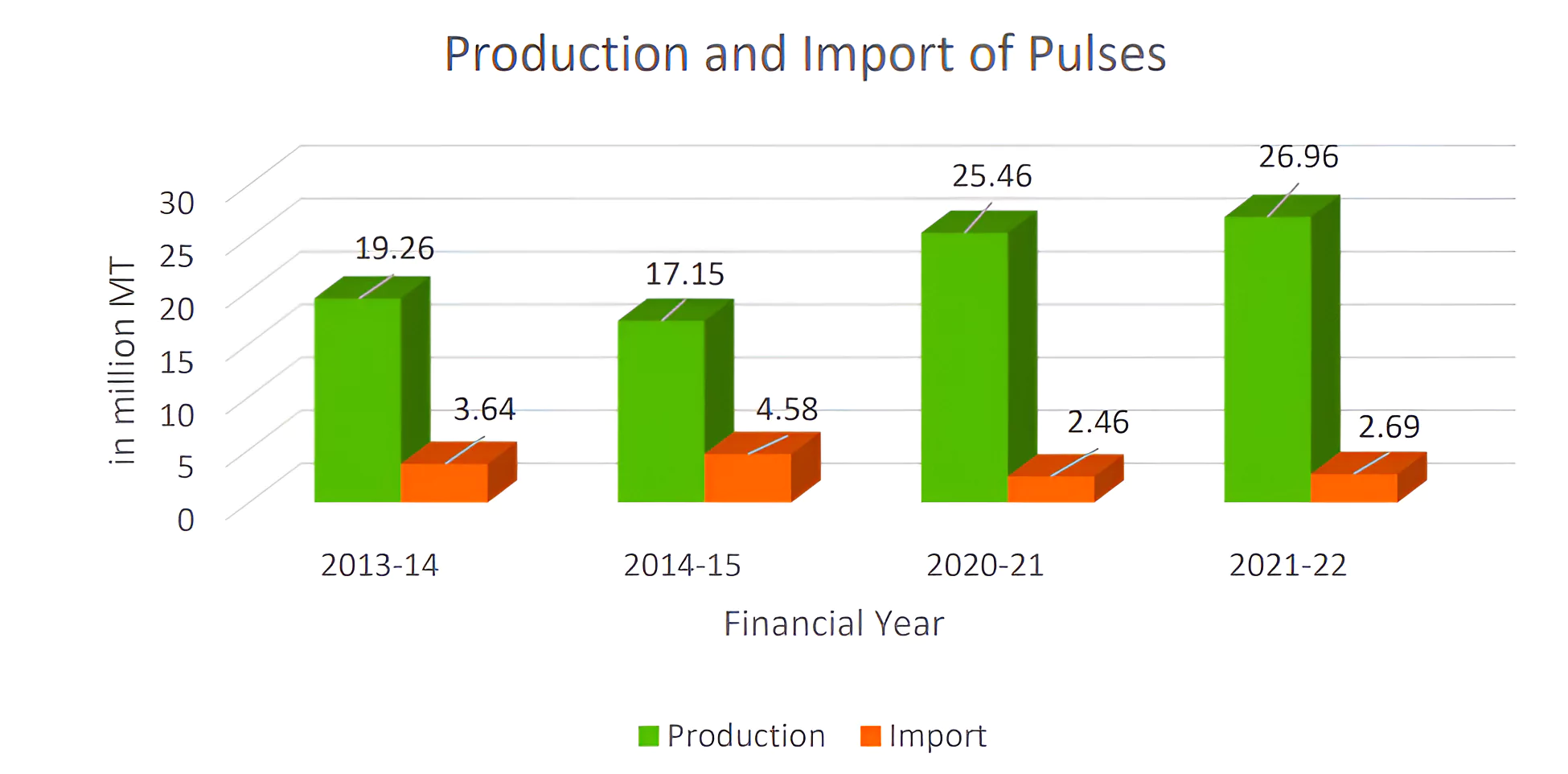 Decadal Growth: Pulses production had grown by 60% from 171 lakh tonnes in 2014 to 270 lakh tonnes in 2024.
Decadal Growth: Pulses production had grown by 60% from 171 lakh tonnes in 2014 to 270 lakh tonnes in 2024.
World Pulses Day
|
|---|
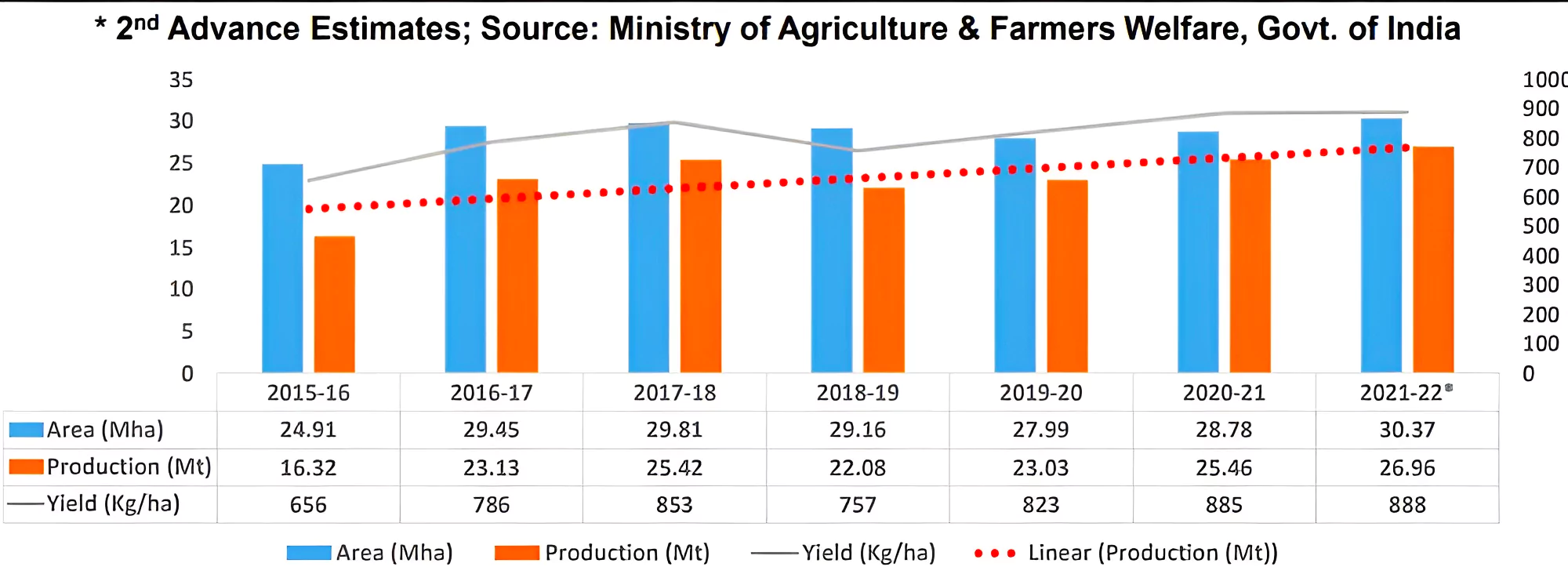
News Source: The Hindu
| Must Read | |
| NCERT Notes For UPSC | UPSC Daily Current Affairs |
| UPSC Blogs | UPSC Daily Editorials |
| Daily Current Affairs Quiz | Daily Main Answer Writing |
| UPSC Mains Previous Year Papers | UPSC Test Series 2024 |
The sixth session of discussions between India and Peru for a free Trade Agreement took place in Lima, Peru.
Potential Positive Impacts:For India |
Potential Negative Impacts:For India |
|
|
About Peru
|
| Must Read | |
| NCERT Notes For UPSC | UPSC Daily Current Affairs |
| UPSC Blogs | UPSC Daily Editorials |
| Daily Current Affairs Quiz | Daily Main Answer Writing |
| UPSC Mains Previous Year Papers | UPSC Test Series 2024 |
The Reserve Bank of India may relax the restriction imposed by the evergreening circular issued in December for some strategically important AIFs.
Alternate Investment Funds (AIFs)
|
|---|
News source: The HIndu Business line
| Must Read | |
| NCERT Notes For UPSC | UPSC Daily Current Affairs |
| UPSC Blogs | UPSC Daily Editorials |
| Daily Current Affairs Quiz | Daily Main Answer Writing |
| UPSC Mains Previous Year Papers | UPSC Test Series 2024 |
Recently, CDSCO has approved Boehringer Ingelheim’s anti-diabetic drug for the treatment of Chronic kidney disease in India.
Central Drugs Standard Control Organization (CDSCO)
|
|---|
News Source: Live Mint
| Must Read | |
| NCERT Notes For UPSC | UPSC Daily Current Affairs |
| UPSC Blogs | UPSC Daily Editorials |
| Daily Current Affairs Quiz | Daily Main Answer Writing |
| UPSC Mains Previous Year Papers | UPSC Test Series 2024 |
Recently, the UN Environment Programme (UNEP) and the Food and Agriculture Organization of the UN (FAO) have named seven initiatives from Africa, Latin America, the Mediterranean, and Southeast Asia as UN World Restoration Flagships.
About the UN Decade on Ecosystem Restoration
About the UN World Restoration Flagships
|
|---|
News Source: FAO
| Must Read | |
| NCERT Notes For UPSC | UPSC Daily Current Affairs |
| UPSC Blogs | UPSC Daily Editorials |
| Daily Current Affairs Quiz | Daily Main Answer Writing |
| UPSC Mains Previous Year Papers | UPSC Test Series 2024 |
Dozens of northern pintail, a migratory duck, and plovers have been found dead in Pulicat lake over the last few days.

Plovers
|
|---|
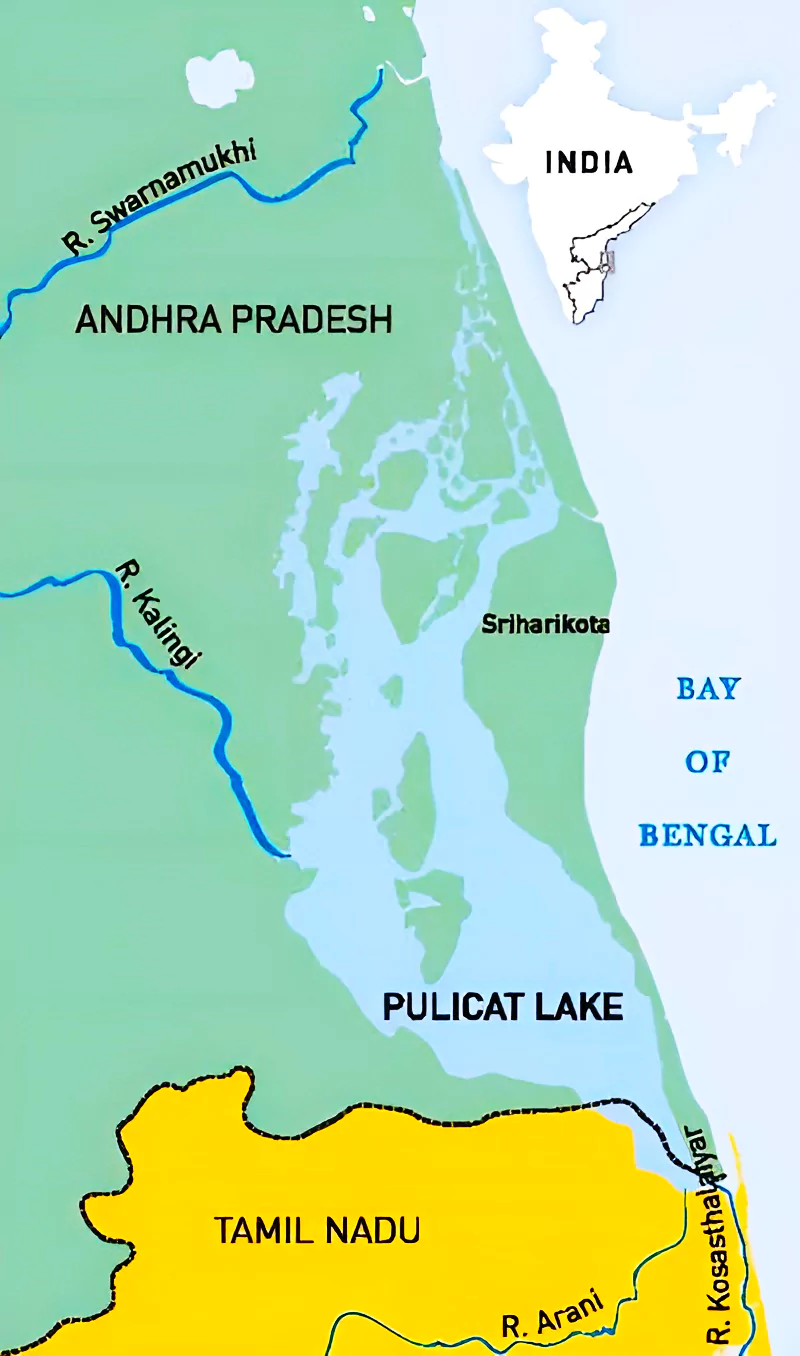
News Source: The Hindu
| Must Read | |
| NCERT Notes For UPSC | UPSC Daily Current Affairs |
| UPSC Blogs | UPSC Daily Editorials |
| Daily Current Affairs Quiz | Daily Main Answer Writing |
| UPSC Mains Previous Year Papers | UPSC Test Series 2024 |
This article is based on the news “T.N. gets its 18th wildlife sanctuary in the reserve forests of Erode district” which was published in the Hindu. The Tamil Nadu government has declared 80,114.80 hectares of reserve forests in Bargur Hills in Erode district, as the Thanthai Periyar Wildlife Sanctuary.
| Relevancy for Prelims: Forest Rights Act 2006, Forest (Conservation) Amendment Bill, 2023, Forests In India, and Forest Conservation.
Relevancy for Mains: Forest Rights Act 2006: Features, Key Provisions, Concerns, Challenges, and Way Forward. |
|---|
Strategic Ecological Linkage: The sanctuary links the Nilgiris Biosphere Reserve with Cauvery South Wildlife Sanctuary, and has been notified as the 18th wildlife sanctuary in the State.
Thanthai Periyar Wildlife Sanctuary
|
|---|
| Minor Forest Produce (MFP) is all non-timber forest produce of plant origin and includes bamboo, brushwood, stumps, canes, etc. |
|---|
| A community forest resource (CFR) means the “customary common forest land within the traditional or customary boundaries of the village or seasonal use of landscape in the case of pastoral communities … to which the community had traditional access”. |
|---|
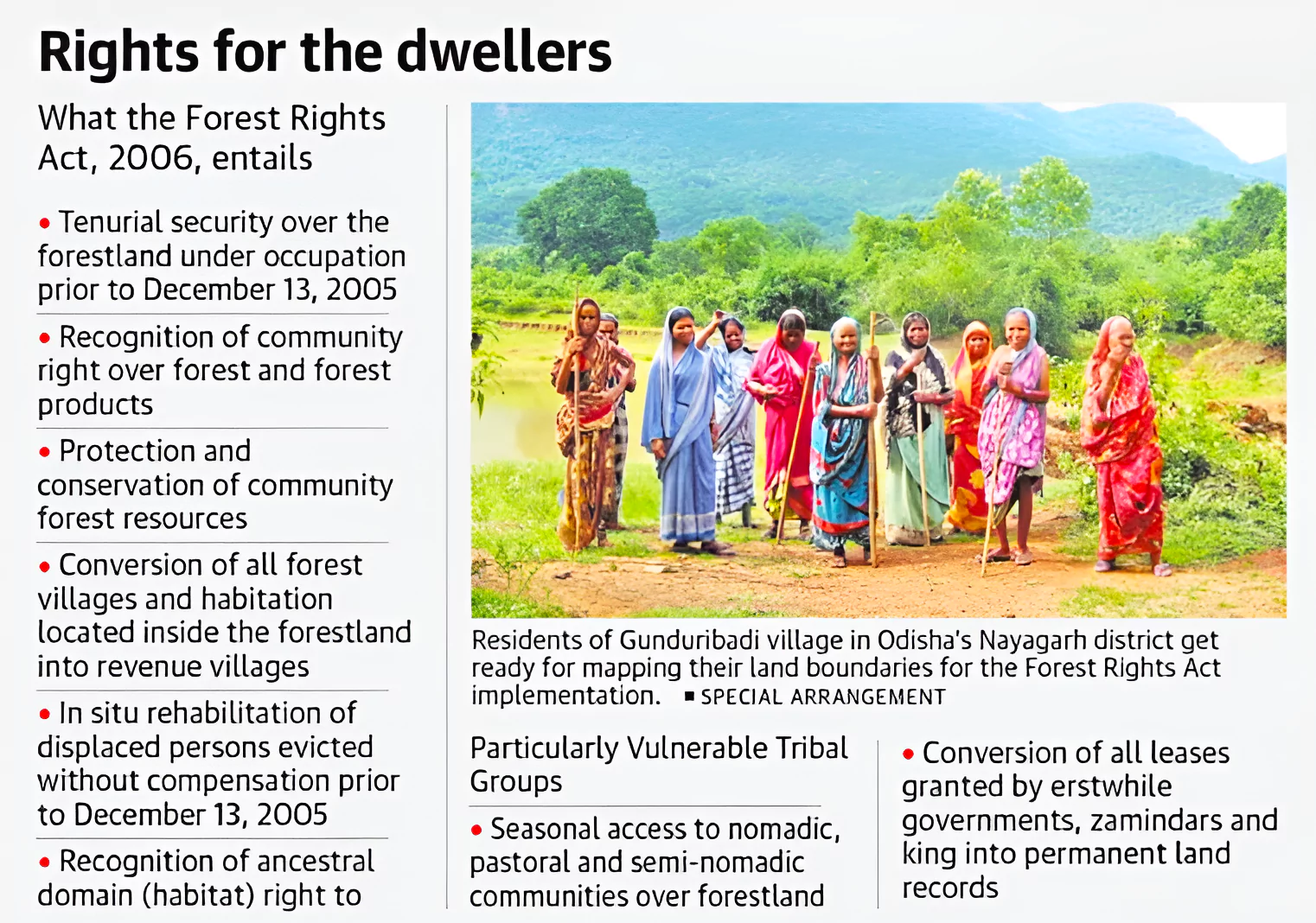 Forest Management Rights: These are granted in order to protect forests and wildlife.
Forest Management Rights: These are granted in order to protect forests and wildlife.
|
|---|
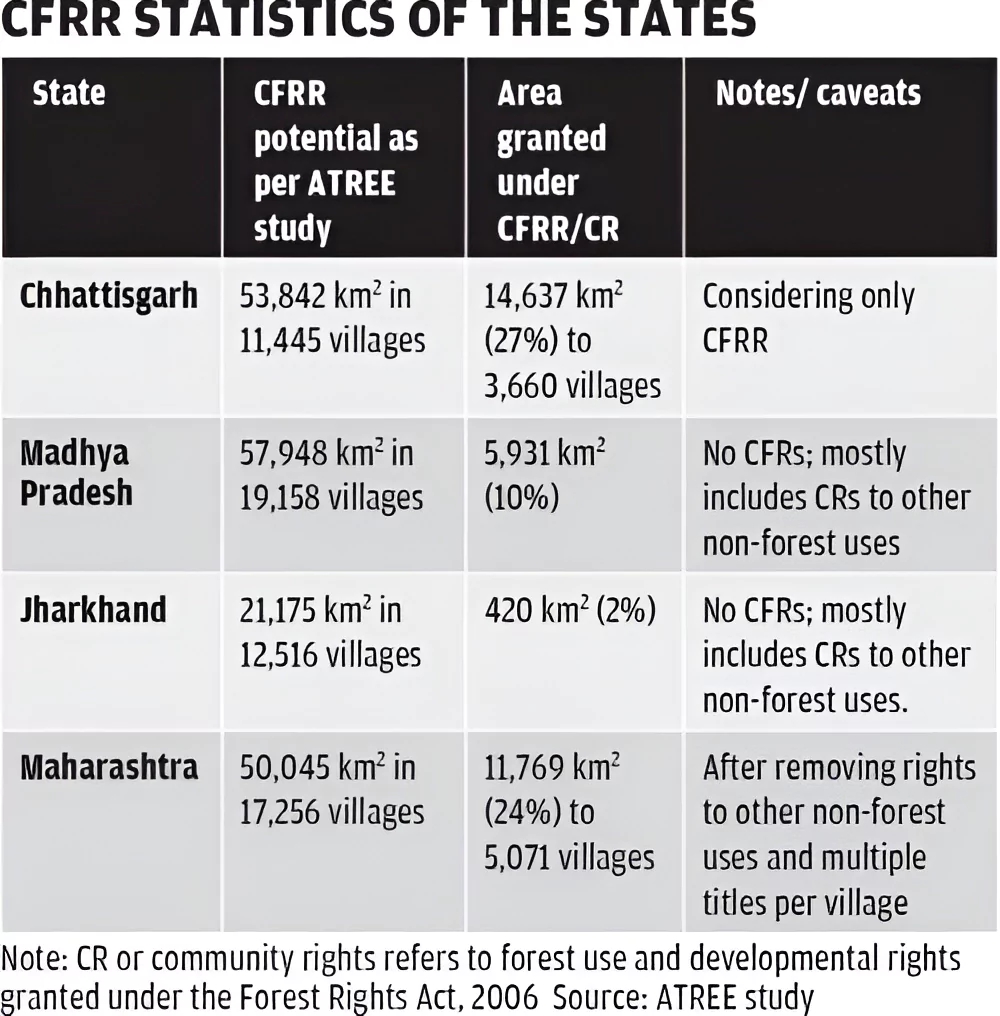 Misuse of Forest Rights Act 2006: District-level committees disregard gram sabhas conducted for the purpose, often without adhering to the provision regarding extension of time limits for claim submission.
Misuse of Forest Rights Act 2006: District-level committees disregard gram sabhas conducted for the purpose, often without adhering to the provision regarding extension of time limits for claim submission. Judiciary on Cattle Grazing:
|
|---|
| Must Read | |
| NCERT Notes For UPSC | UPSC Daily Current Affairs |
| UPSC Blogs | UPSC Daily Editorials |
| Daily Current Affairs Quiz | Daily Main Answer Writing |
| UPSC Mains Previous Year Papers | UPSC Test Series 2024 |
This article is based on the news “Why Ladakh has turned to mass protests in freezing temperatures | Explained” which was published in the Hindu. Thousands of people in Leh have returned to the streets to their demand for full statehood for Ladakh Union Territory.
| Relevancy for Prelims: Union And Territory, The Jammu and Kashmir Reservation Amendment Bill 2023, SCHEDULED & TRIBAL AREAS and Autonomous District Councils.
Relevancy for Mains: Ladakh Statehood Demand and Inclusion in Sixth Schedule: Reasons, Demands, and Initiatives. |
|---|
Jammu and Kashmir Reorganisation Act 2019Jammu and Kashmir Reorganisation Bill, 2019 was passed on August 5, 2019, divided Jammu and Kashmir into two parts:
|
|---|
Sixth Schedule of the Indian Constitution
|
|---|
| Must Read | |
| NCERT Notes For UPSC | UPSC Daily Current Affairs |
| UPSC Blogs | UPSC Daily Editorials |
| Daily Current Affairs Quiz | Daily Main Answer Writing |
| UPSC Mains Previous Year Papers | UPSC Test Series 2024 |
This article is based on the news “SC decision on Electoral Bonds case: Will it revive the flagging RTI Act?” which was published in the Indian Express. Recently, the SC’s verdict found electoral bonds to violate fundamental rights and infringe upon the Right to Information Act.
| Relevancy for Prelims: RTI ACT 2005, Supreme Court, Political Funding in India, Electoral Bond Scheme, Election Commission Of India and Reserve Bank Of India (RBI), and Fundamental Rights (Article 12-35).
Relevancy for Mains: RTI Act: Background, Features, Significance, Challenges, and Way Forward. |
|---|
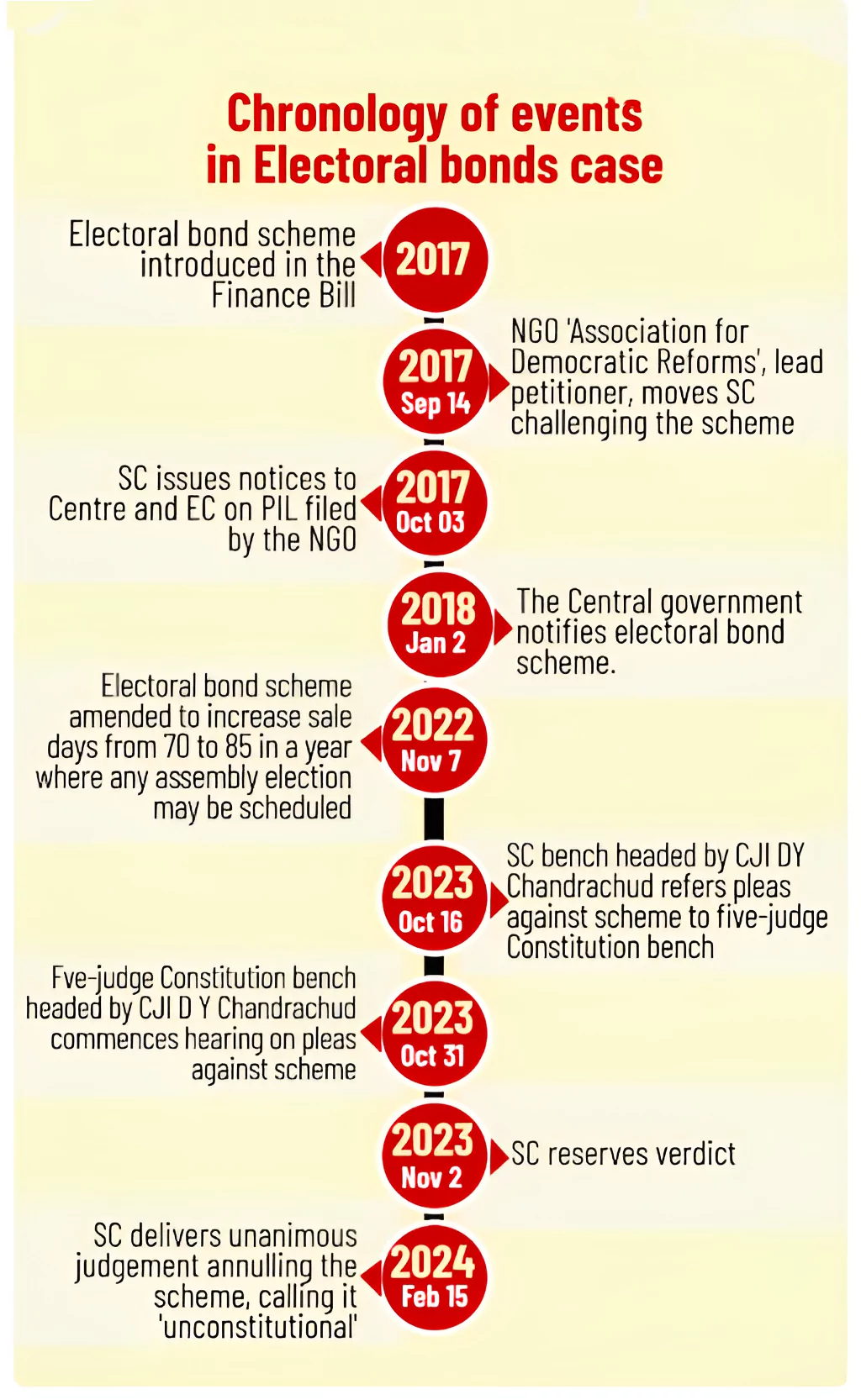
Collaboration among the RTI activists, civil society organisations, and government agencies is essential for monitoring the implementation of the RTI Act and addressing emerging challenges.
| Must Read | |
| NCERT Notes For UPSC | UPSC Daily Current Affairs |
| UPSC Blogs | UPSC Daily Editorials |
| Daily Current Affairs Quiz | Daily Main Answer Writing |
| UPSC Mains Previous Year Papers | UPSC Test Series 2024 |
SC Verdict on Newsclick Shows Adherence to Due Pro...
Stay Invested: On Chabahar and India-Iran Relation...
Credit Rating Agencies, Impact on India’s De...
Catapulting Indian Biopharma Industry
Globalisation Under Threat, US Import Tariffs Have...
Global Report on Hypertension, Global Insights and...
<div class="new-fform">
</div>
